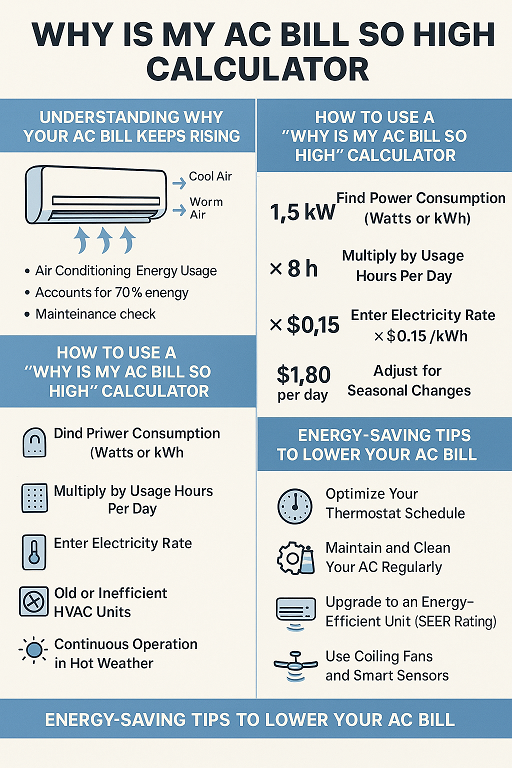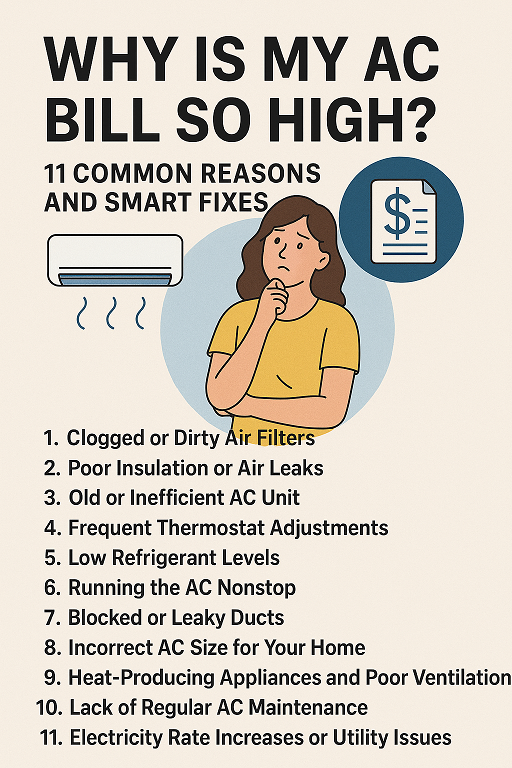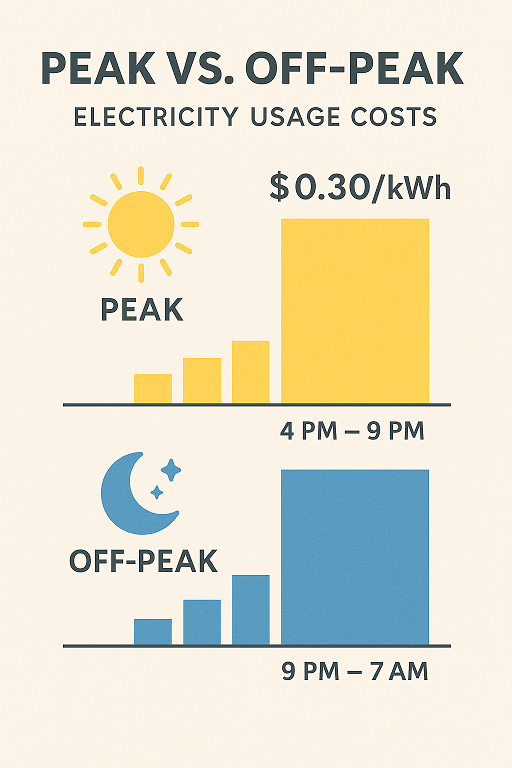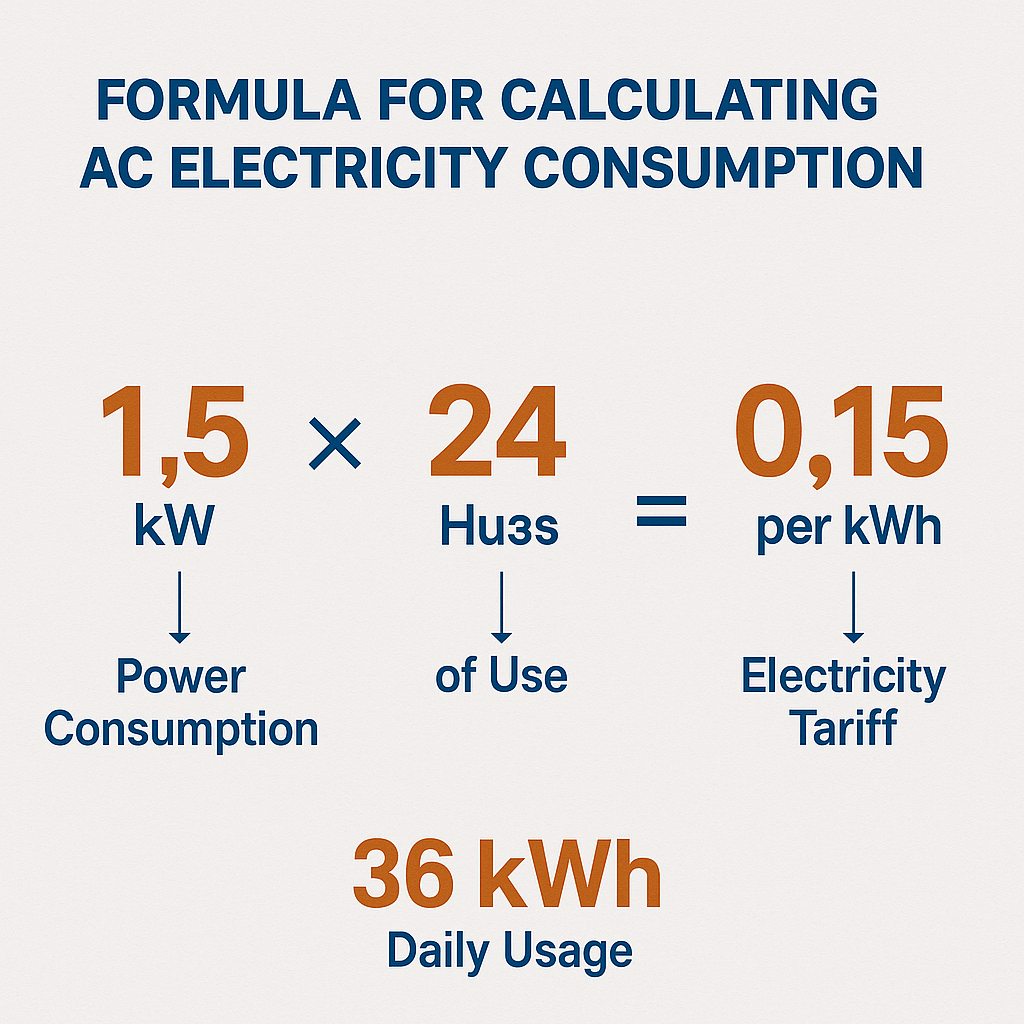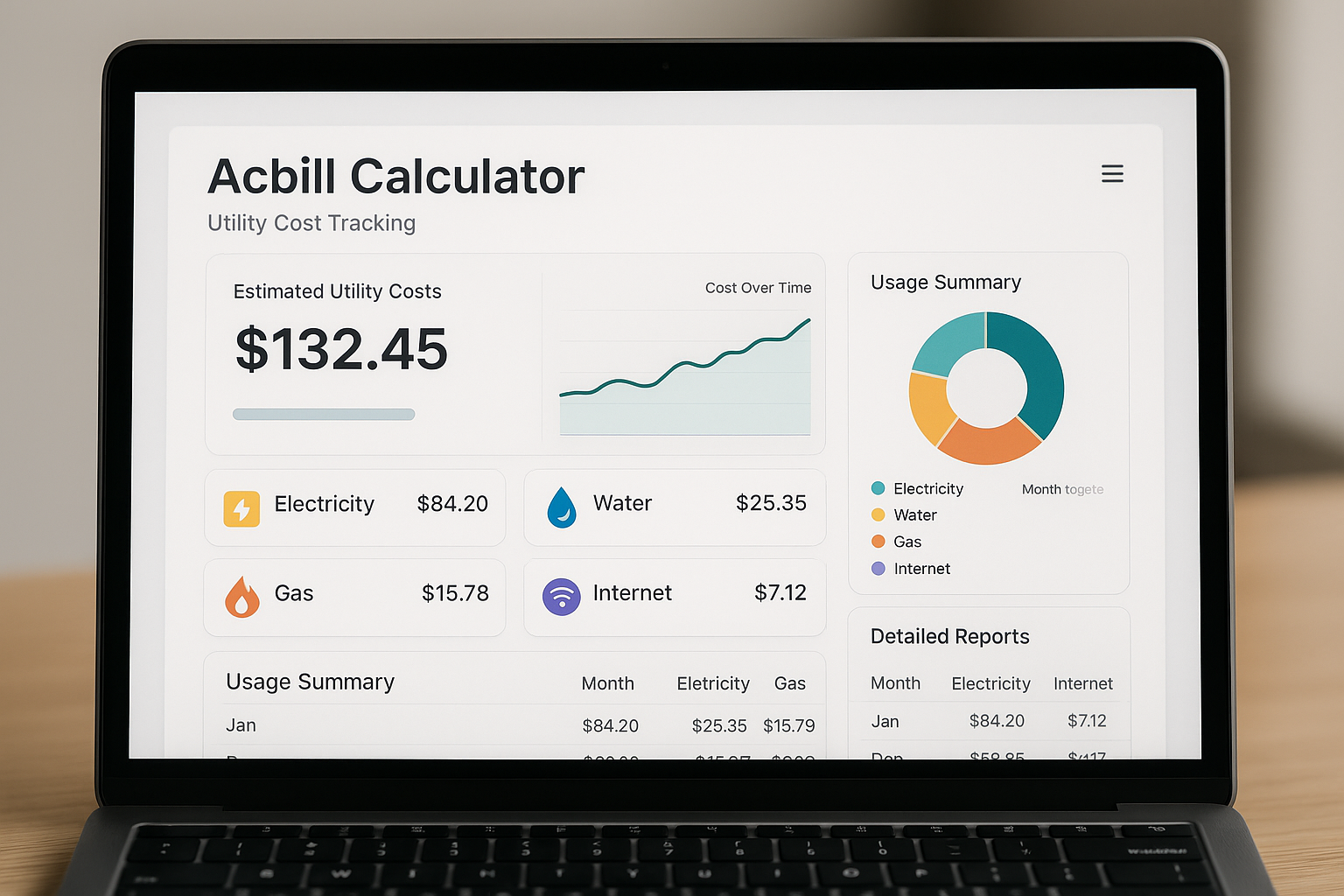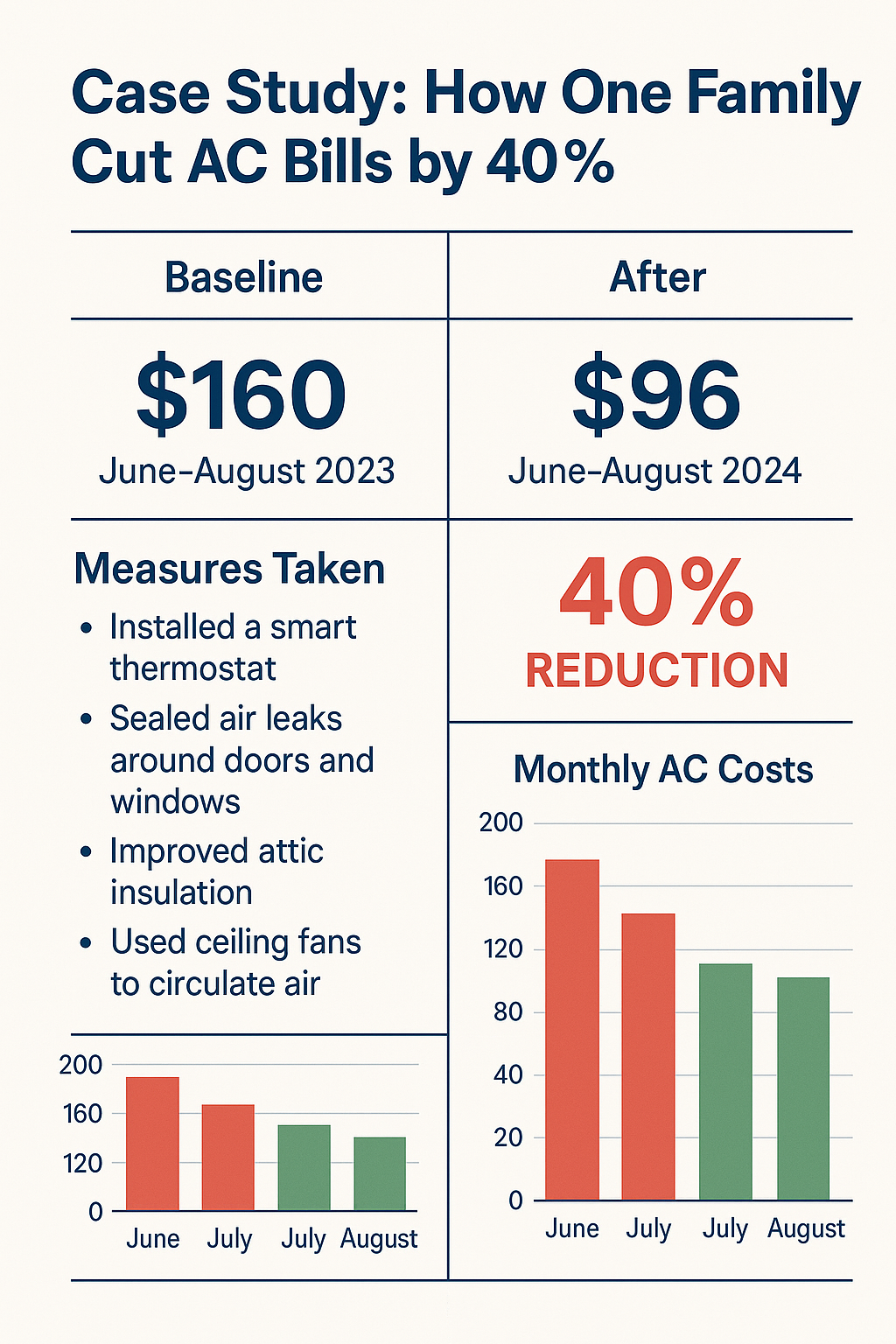
AC Bill Reduction Case Study
Introduction to the AC Bill Reduction Case Study
These days, with electricity prices on the rise, homeowners around the world are looking for effective solutions to reduce their electricity bills. This AC bill reduction case study highlights how one single family transformed their finances by making smart decisions about their monthly cooling needs. Through a combination of technology upgrades, better insulation, and lifestyle changes, they were able to reduce their AC bills by 40 percent – and they didn’t have to compromise on comfort.
The Baseline: High Energy Bills Before Changes
Monthly Energy Costs Overview
Before they started renovations to keep their home cool, the family was spending at least $280 per month during the summer. Their air conditioner was running virtually all the time, especially on the hottest days.
Challenges Faced by the Family
- A old age AC unit that is not coping.
- Leaks in the air and inadequate insulation that allows escape of cool air.
- Low thermostat settings because not automated.
- Poor energy saving habits such as keeping the AC on when the windows are open.
Identifying Key Problem Areas in Cooling Usage
Inefficient AC Unit
The unit was rated low in SEER (Seasonal Energy Efficiency Ratio), which is higher than the present models.
Poor Insulation & Air Leaks
The AC was working harder as cracks around the windows and door were letting cold air in.
Lack of Smart Energy Practices
We had a manual thermostat which we frequently left unadjusted when we were away.
The Measures Taken to Reduce AC Bills
Replacing with a High-Efficiency AC Unit.
The family invested in a higher SEER rating certified AC that had been ENERGY STAR.
The next thing to add is Smart Thermostat Controls.
They have installed a Wi-Fi-enabled thermostat that they program to cool down in accordance with their everyday schedule.
Make the Home Warmer and Leak-free.
Professional contractors caulked windows, sealed off ducts and insulated attic areas.
Routine AC Service and Filter Replacement.
The filters that got clogged were removed after a month to allow the air to flow smoothly.
Incorporating the Energy-Smart Lifestyle Habits.
Energy conservation efforts such as shutting curtains on sunny days to prevent excessive cooling were simple to carry out.
The Results: AC Bill Reduction by 40%
Monthly Bill Comparison: Before vs. After
- Before: $280/month average
- After: $168/month average
- Savings: ~$112/month, totaling over $1,300 annually
Energy Consumption Data Chart
It will be illustrated in a chart (included as an image at the end of the comparison before vs. after bills).
Key Lessons from This AC Bill Reduction Case Study
Small Changes Add Up
Covering the leaks and changing filters helped.
Importance of Maintenance
Maintenance prevented expensive failures and had high performance.
ROI of Energy Inclusiveness in the long term.
The initial investment of a new AC was high, but the savings will be worth the investment only in 3-4 years.
Expert Insights on Energy Efficiency
The U.S. Department of energy says that that upgrade to an energy efficient AC will reduce cooling spending by 20-50. This can be combined with better insulation, which further increases savings.
The other significant feature of the building is its cooling efficiency (see figure 1).
Frequently Asked Questions
Q1: What is the fastest I can realize the outcomes of upgrading my AC?
The reduction of bills is felt by most families almost instantly, typically in the first billing period.
Q2: are smart thermostats that big?
Yes! Research indicates they have the potential to reduce energy consumption by 10-15 percent per year.
Q3: How can I determine whether my insulation is adequate or not?
A home energy audit will help highlight areas that may have weak spots that may be costing you money through air leak.
Q4: Do we actually need to replace the AC filters on a regular basis?
Absolutely. Dusty filters decrease the airflow forcing your air conditioning to work harder and use additional electricity.
Q5: Does that always mean that to save big you need to replace the AC unit?
Not always. In some houses, the difference between sealing the leaks and insulating can make a significant difference.
Q6: What was the upfront investment of this family?
Their upgrades cost them around 4500, but they are going to pay it in a couple of years because the bills will be lower.
Conclusion: Inspiring Energy-Smart Living
Summary: Leading people towards energy-smart living.
This AC bill reduction case study shows that households can make significant savings on their utility bills through the right combination of smart investments and daily activities. A 40 percent reduction not only reduces the financial burden but also helps create a green lifestyle.
